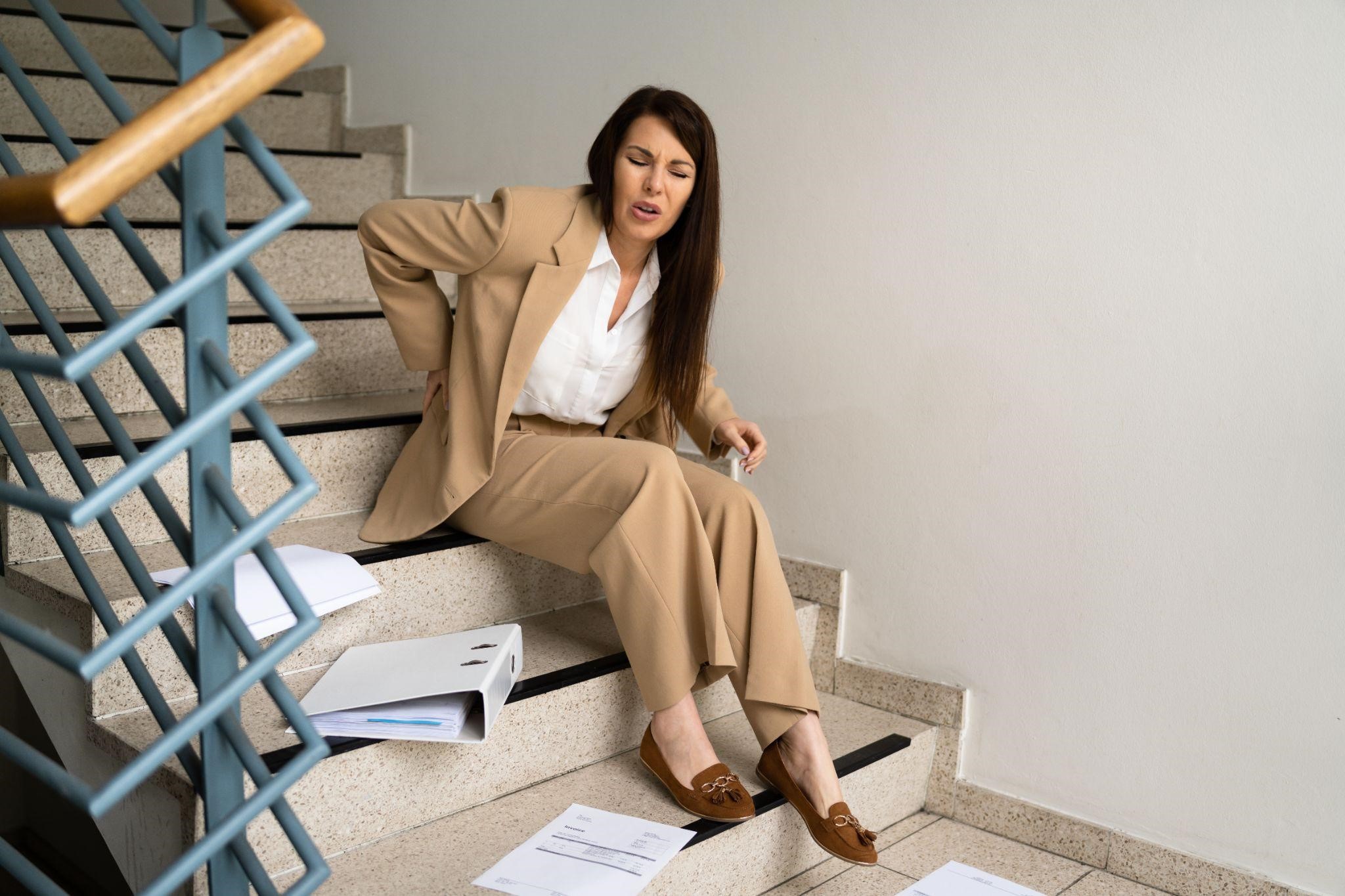
Slip and fall incidents are not limited to specific locations but can take place anywhere, ranging from public spaces to workplaces, restaurants, and supermarkets. Although they may appear minor, such accidents can lead to severe injuries and financial challenges for the affected individuals. Therefore, establishing liability in slip and fall cases is fundamental to make sure that the accountable party is held responsible for their careless actions. Nevertheless, determining fault in these situations can be challenging. This article discusses the essential elements to contemplate when demonstrating liability in slip and fall incidents, offering useful information for victims and legal practitioners alike.
Duty of Care: Establishing the Responsibility of the Property Owner
Determining liability in slip and fall accidents largely hinges on establishing the duty of care the property owner owes to visitors or occupants. It is the responsibility of property owners to keep their premises safe and take reasonable measures to prevent any potential hazards. The level of care that property owners owe depends on the visitor’s categorization as an invitee, licensee, or trespasser. Invitees, for instance, such as clients or customers, are owed the highest level of care, whereas licensees, such as social guests, are afforded a lower level of care. However, trespassers are typically owed only a minimal level of care, unless certain circumstances apply.
Negligence: Breach of Duty and Foreseeability
In order to prove fault, it is essential to illustrate that the owner of the property disregarded their obligation towards care. This encompasses demonstrating that they neglected to take rational measures to deal with a dangerous circumstance or did not inform guests about the likely risk. In order to validate negligence, evidence can be presented that shows that the property owner was aware or should have been aware of the hazardous circumstance but did not take corrective action within a reasonable duration. Elements such as the timeframe of the hazard, prior incidents, and benchmarks for the industry are crucial in establishing whether the property owner behaved negligently.
Notice: Actual and Constructive Knowledge
Establishing the property owner’s knowledge of the hazardous condition is crucial in slip and fall cases. Such knowledge can be either actual or constructive. Actual notice pertains to the situation where the property owner was explicitly informed of the hazard, while constructive notice arises when the hazard existed for an adequate time that the property owner should have been aware of it. To prove constructive notice, evidence of recurring or long-standing hazardous conditions or a lack of routine inspection and maintenance procedures is frequently presented.
Comparative Negligence: Shared Responsibility
In slip and fall cases, the injured person may be partly responsible for the accident. Comparative negligence applies when the victim’s actions or lack of awareness also played a role in the incident. Numerous states adhere to comparative negligence laws, where the compensation given to the injured person is decreased based on their degree of fault. It is vital to evaluate the victim’s own negligence and measure how much it might affect the case’s resolution.
Gathering Evidence: Documenting the Accident Scene
Collecting evidence is vital in proving liability when pursuing a slip and fall claim. To do this, the accident scene should be documented by taking photos or videos of the hazardous condition, any visible injuries, and the surroundings. Additionally, witness statements are valuable to support the victim’s account of the incident. Medical records and expert testimony may also be required to establish the link between the fall and the injuries sustained.
Conclusion
Accurately establishing liability in slip and fall incidents necessitates a meticulous evaluation of several variables, such as the obligated care of the proprietor, inattention, awareness, comparative negligence, and evidence gathering. Grasping these vital components empowers both victims and legal experts to construct a potent argument and improve their likelihood of ensuring the culprit is held answerable.
Book a Free Consultation With Our Trusted Slip and Fall Accident Injury Attorneys
As a victim of a Slip and Fall Injury or Accident in Arizona, our legal team at Lebovitz Law Group can help you get maximum compensation from the negligent party. We work on a contingency fee basis, meaning you don’t pay us until we win your case. Contact us today for a free case review. Call 602-975-5550 today.
.
Sort by Category
Related Posts

Will my Car Insurance Premiums Go Up After an Accident That Wasn’t my Fault?
Arizona Personal Injury Attorneys If you have been involved in a car accident, you likely have many questions. One of the most common questions asked after a car accident is whether an accident will cause your car insurance premiums to go up? You may well anticipate a...

DUI Laws and Substance Abuse in Arizona: Navigating the Complex Landscape
Driving under the influence (DUI) in Arizona is not just a legal issue; it's a deeply entrenched societal challenge that tests the boundaries of law enforcement and public health. In Arizona, known for its particularly stringent DUI laws, this issue takes on a unique...
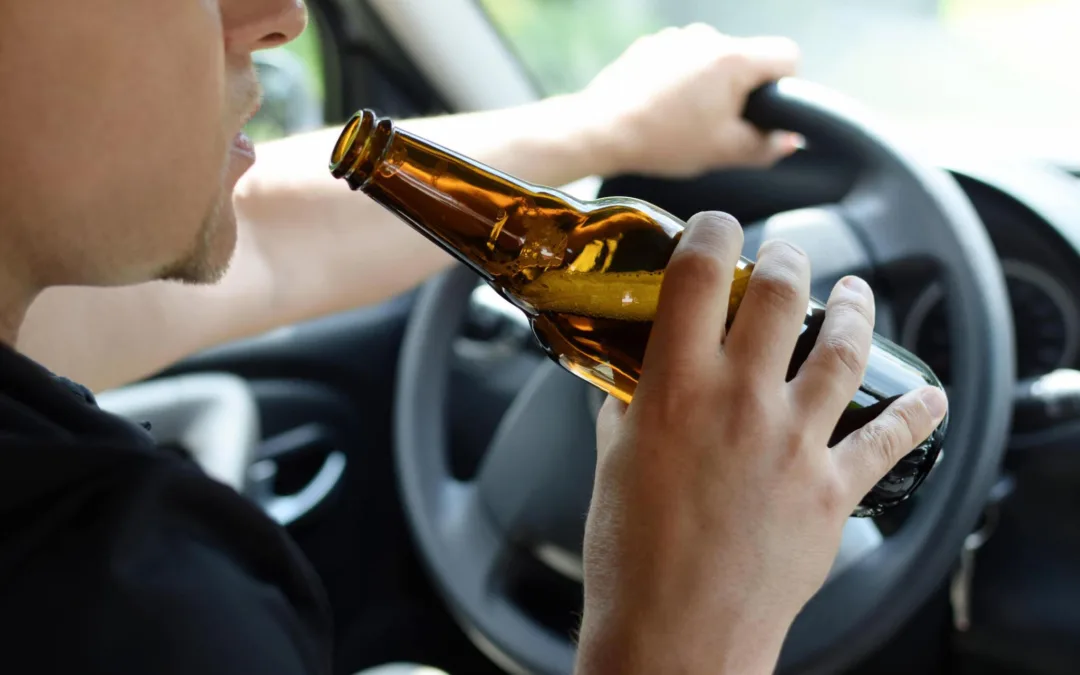
The Spectrum of Alcohol Impairment: Buzzed vs. Drunk Driving and Their Legal Consequences in Arizona
The conversation around impaired driving often centers on the terms "drunk driving" and the adage "buzzed driving is drunk driving." This dialogue evokes strong opinions and legal debates, particularly in the United States, where the ongoing dilemma of determining at...
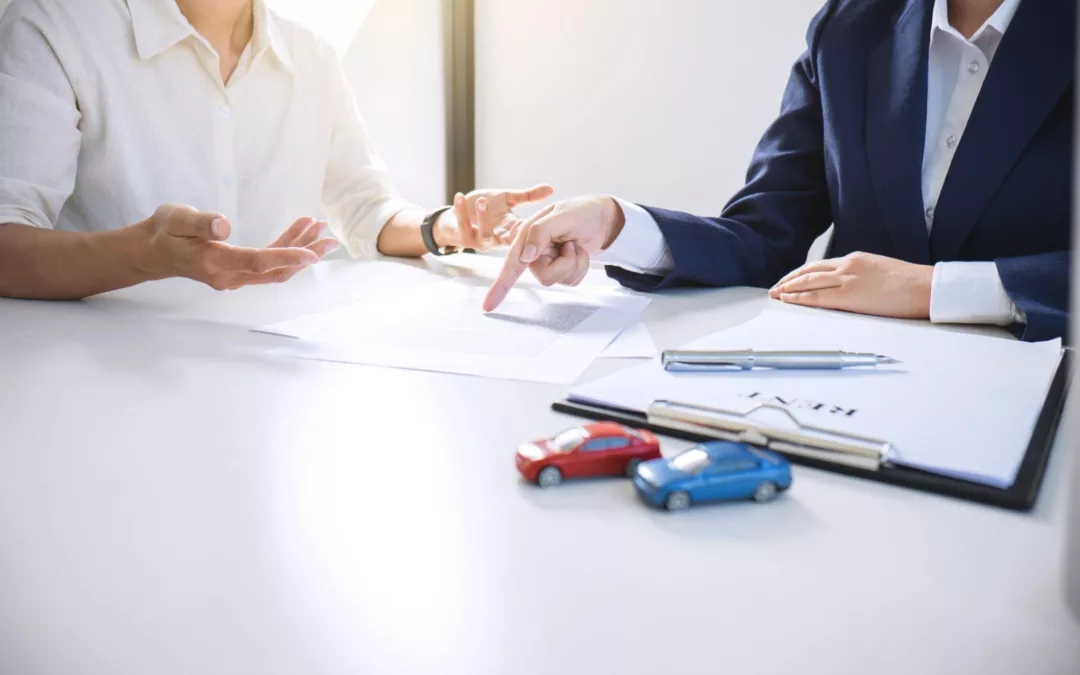
The Truth About ‘Full Coverage’ Auto Insurance in Arizona: A Legal Perspective
I THOUGHT I HAD FULL COVERAGE!?! As a personal injury attorney, I can’t tell you how many times a client in a collision tells me they thought they had “full” coverage, only to learn they did not. What exactly is full coverage? Well, it means different things to...
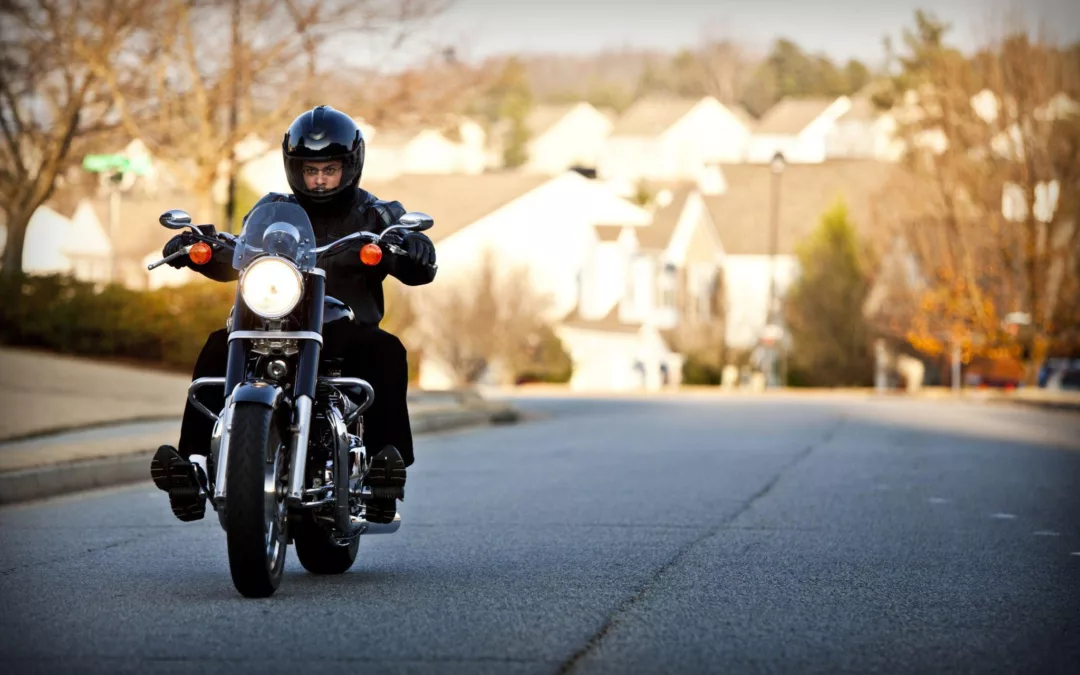
Legal Rights and Responsibilities of Motorcyclists on the Road in Arizona
Legal Rights and Responsibilities of Motorcyclists on the Road in Arizona Riding a motorcycle in Arizona can be an awesome experience. There's nothing quite like the feeling of the wind in your face as you cruise through the state's beautiful landscapes. However,...
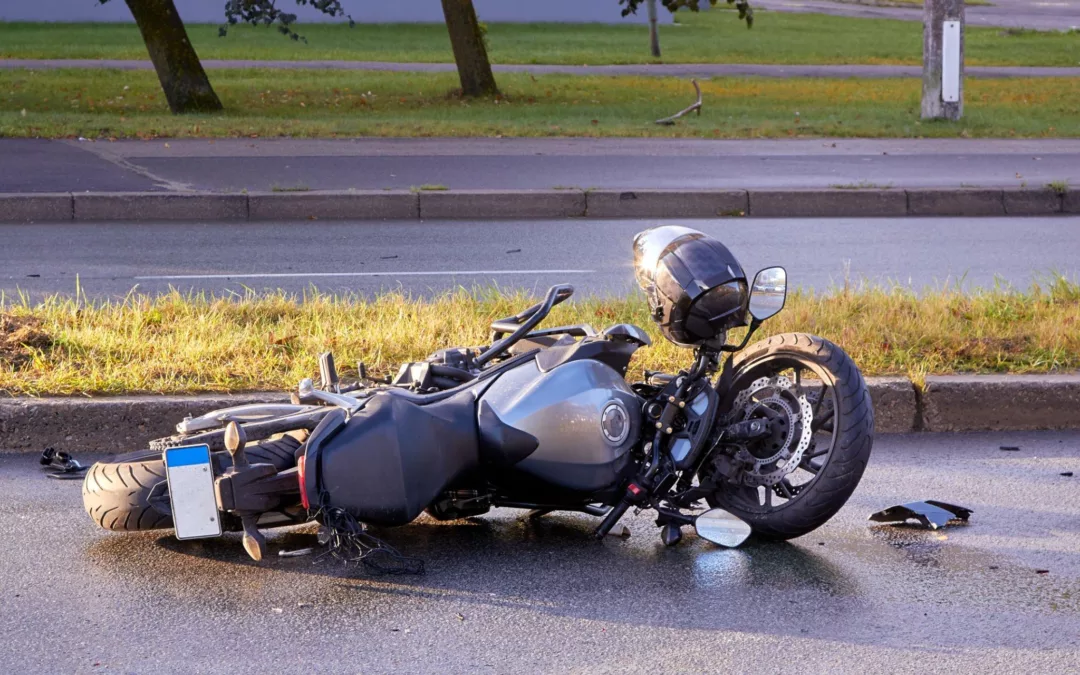
Motorcycle Insurance in Arizona: Your Biker’s Safety Net
Riding a motorcycle in Arizona is a thrilling experience, but it comes with its share of risks. Accidents can happen, and when they do, having the right insurance coverage is like having a loyal friend by your side. In Arizona, it's not just about peace of mind; it's...
